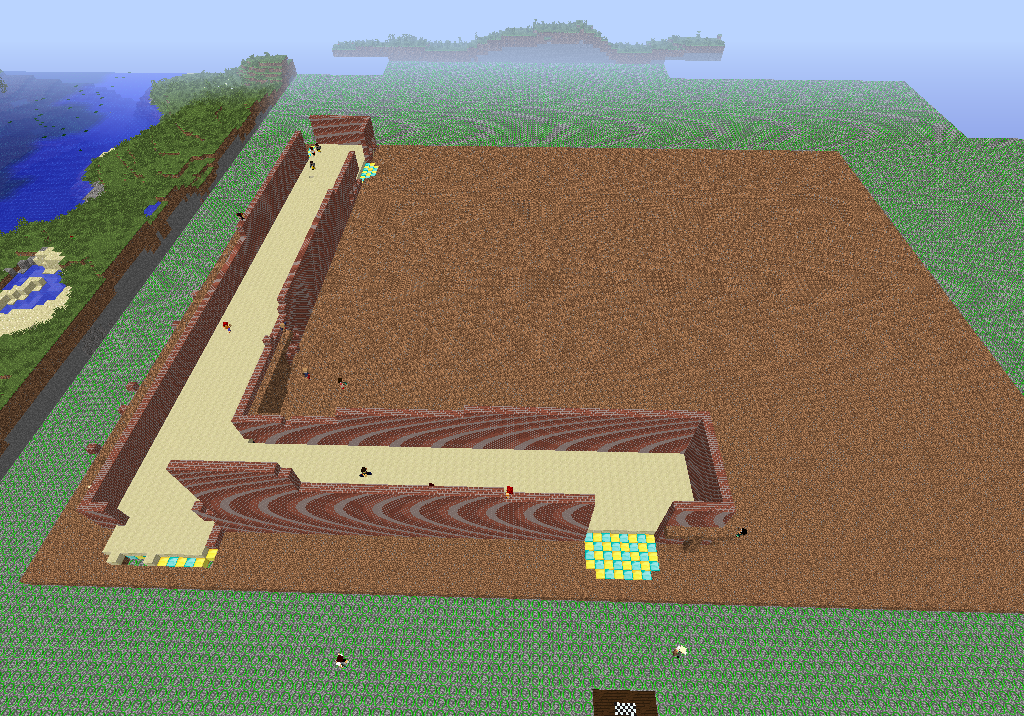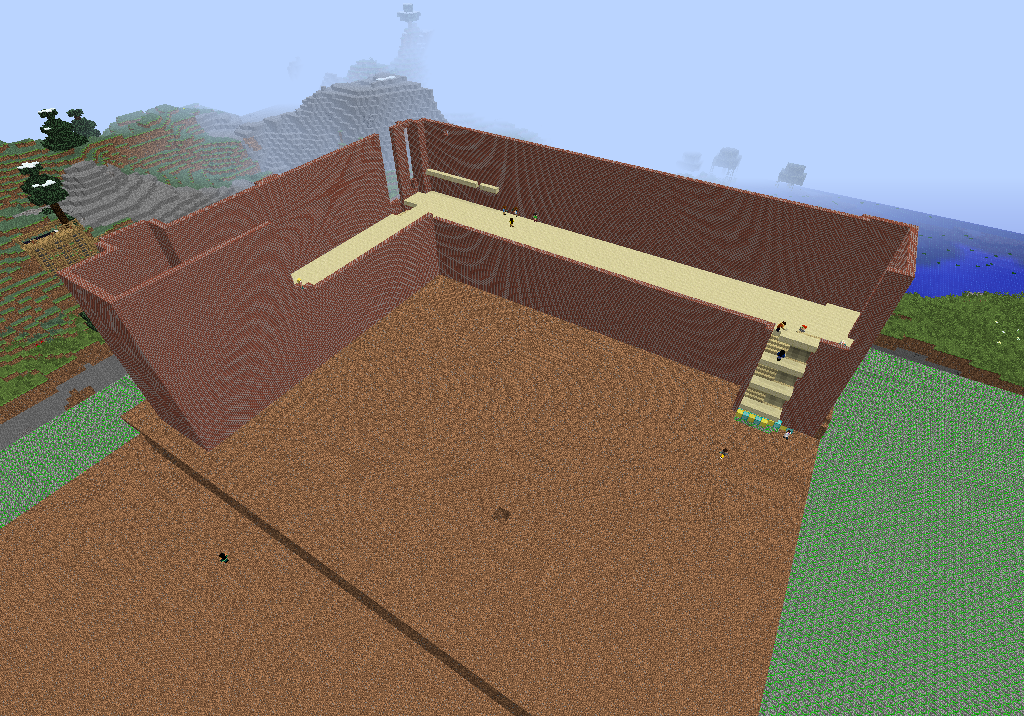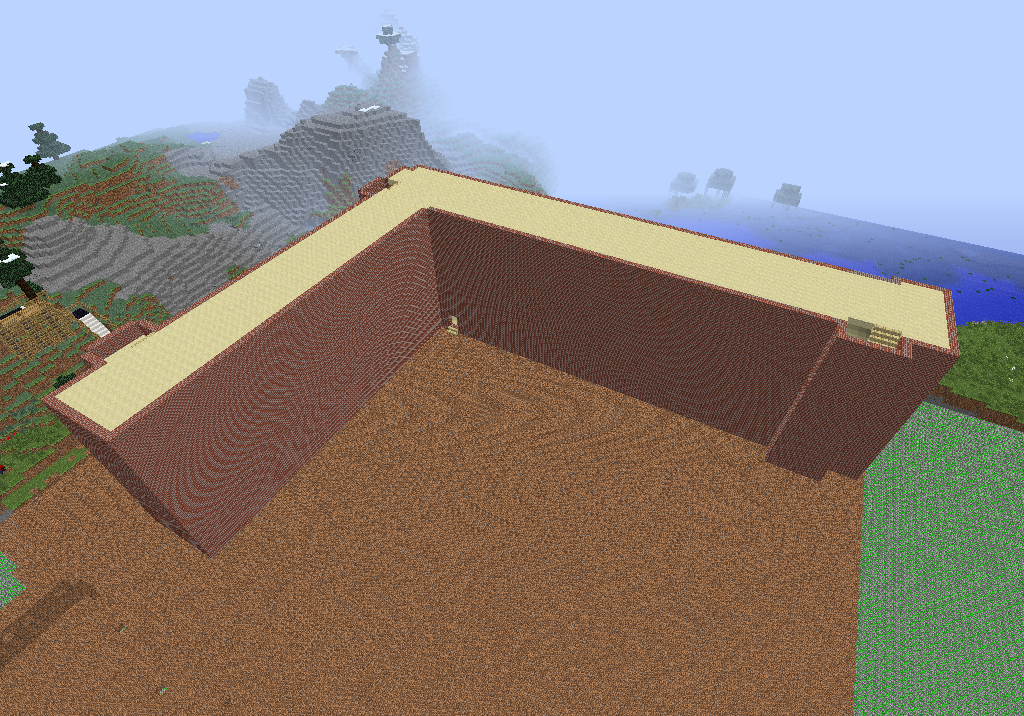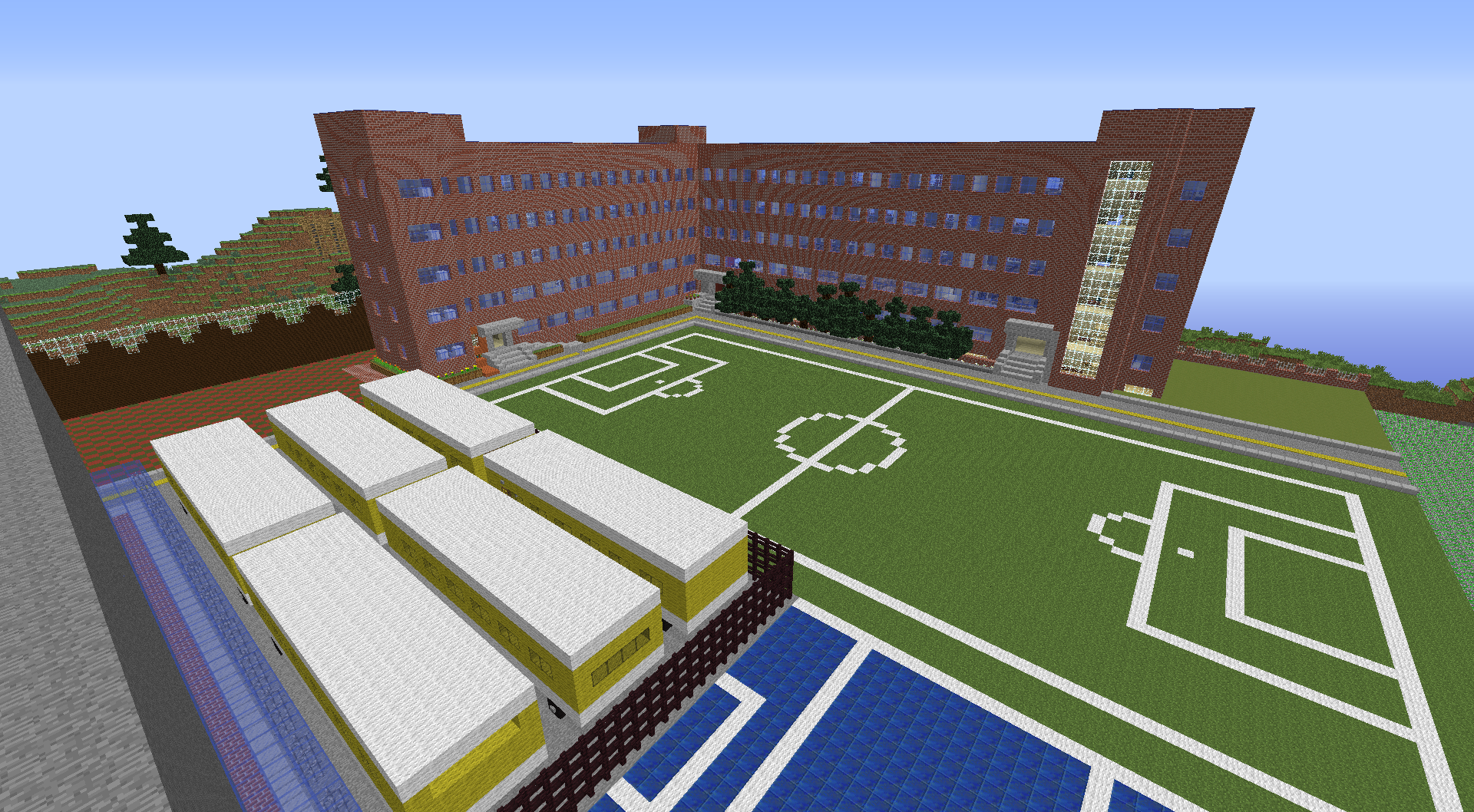We all know that video games are addictive, just walk up to a child playing a game and turn it off and watch their reaction and that becomes apparent. When I was growing up with the Nintendo NES system in the early 80’s, my parents would always be hounding me for playing too much. They wanted me to come to dinner, but they didn’t understand I couldn’t pause the game and I had to beat the level!
Much like most parents who did not grow up in this virtual world, many educators do not see the opportunity there. Imagine if educators could learn from these games’ ability to engage children (and adults)? Imagine if we could disassemble the elements that make games so enticing? If we could do that, we could apply it to something less engaging, typically, the opposite of a game - school. This is the basis of gamification for education. The dismantling of the lure of games and applying it to education.
Gamification is growing in popularity around the world for business and education alike. It is, simply put, bringing game elements into a non-game environment. The trilogy of elements frequently tied to this idea are points, badges, and leaderboards. Gamification, however, is so much more than those three things.
Game designers have done much of the footwork in deciphering motivation already. They have proven, with the billions of dollars they make each year (and research I will address later), that their strategies to motivate are effective. Every parent with a child that plays video games can attest to that. The game elements show up in the form of rewards, points, badges, and leaderboards, but tap into something bigger. Gamification is the injection of fun into something mundane.
Perhaps you didn’t know this, but you have most likely seen gamification in action already. Nike Fuel tracks runners using game design, Toyota Prius has an in-dash game to track how efficient you are driving, another example of gamification entering the world of computing is Ribbon Hero. This game teaches the player how to use Microsoft Office software right in the programs themselves (Chou, 2013). Gamification is starting to make it’s way into the world at large, so at the very least, it should be something teachers are aware of. “Gartner estimates that over 50% of organizations managing innovation processes will gamify aspects of their business by 2015” (Hamari, Koivisto, & Sarsa, 2014). I would say we can do it one better, we can utilize gamification for a better education experience like big businesses are utilizing it for better profits. Our profits are student grade increases and higher graduation rates, however.
References
Chou, Y.K. (2013, April). Gamification in education: Top ten gamification case studies that will change our future. Retrieved from http://www.yukaichou.com/gamification-examples/top-10-education-gamification-examples/#.VYTdWWDoFFI









